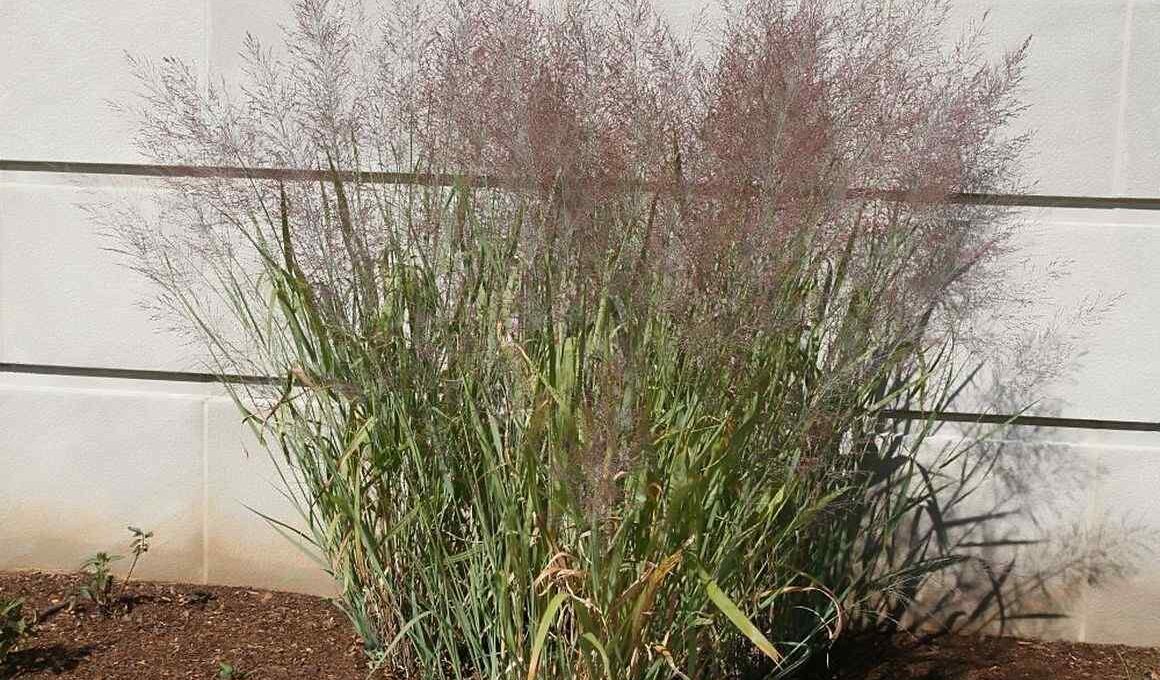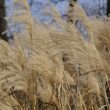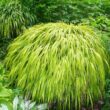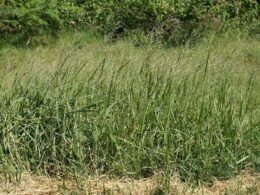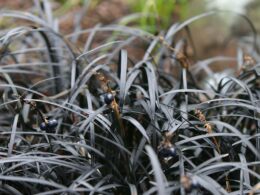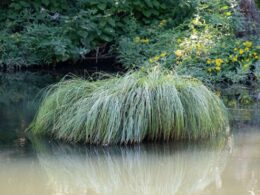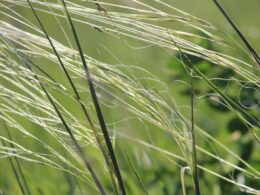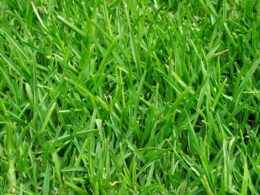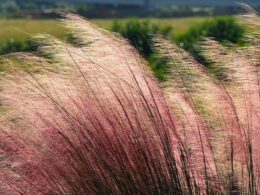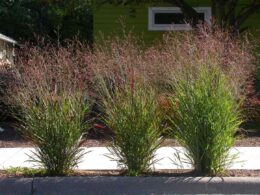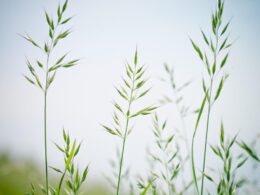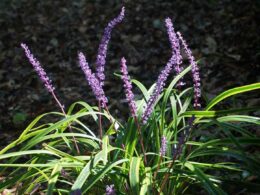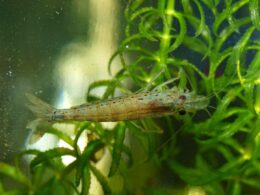What Is Dallas Grass?
Paspalum dilatatum (Dallasgrass) is a species of grass that is native to South America and naturalized in Australia, New Zealand, Hawaii and the southeastern United States. Common names include Dallisgrass, Dallis grass, Dallisgrass Paspalum, and Sticky Heads. Dallisgrass is a warm-season grass that was introduced into other parts of the country as a forage crop and is still sometimes used for that purpose.
Identifying Dallas Grass
Dallas grass is a perennial, warm-season grass with a deep root system and good soil-binding capacity. It has been introduced for pasture and turf. There are auricles that are rounded or pointed, but not clasping. Paspalum dilatatum is a perennial bunchgrass forming clumps of erect stems 1 to 5 feet tall from rhizomes and stolons. The inflorescence is an open panicle of branching spikes bearing tiny flowers, each with a purple lemma.
Dallas Grass Habitat and Distribution
The weed Paspalum dilatatum is known as Dallas grass. It is a native of southern Brazil and Argentina. The weed is also found in New South Wales, Queensland, Victoria and South Australia. Wherever it occurs, it is considered an aggressive pasture weed, outcompeting desirable grasses, especially in wet areas. Dallas grass is found in many situations including roadsides, waterways and waste areas, particularly those that are protected from heavy grazing pressure.
Dallisgrass Growth
Paspalum dilatatum known as Dallas grass is a perennial sod-forming grass. It grows in moist to wet soils and prefers full sun. Dallas grass can grow in a variety of soil types and is considered an invasive species that forms thick, dense stands, choking out desirable vegetation. Because it is difficult to eradicate once established, preventative measures are necessary to keep the plant from spreading.
Dallas Grass Life Cycle
Dallas grass is a perennial grass species that is most productive in summer and autumn. The seed germinates after 3 weeks and then reaches maturity in 2 months. Flowering occurs from late spring through to autumn, with plants flowering multiple times in a year. Dallas grass spreads by short creeping stolons, which means it can easily regenerate from regrowth. This makes it difficult to control.
The Impact of Dallisgrass on Your Garden
Dallisgrass is a warm season perennial grass that spreads aggressively by rhizomes and stolons. In lawns, dallisgrass forms large clumps of coarse, dark green blades that spread rapidly and crowd out other turfgrasses. It is often confused with crabgrass, but unlike crabgrass, the leaf blades are rolled in the bud. Dallis grass ultimately kills the surrounding plants and trees.
A Competitor For Other Plants
Dallis grass is an efficient competitor for water and nutrients. It reduces the growth of other plants by 75 percent when present in a garden, so if you have dallis grass in your yard, it can prevent the growth of other plants. The aggressive growth habit of dallisgrass makes it difficult to control in home lawns without the use of herbicides.
Paspalum Dilatatum: Weed Control and Lawn Care
Dallisgrass is especially difficult to remove from lawns because it has deep roots and aggressive rhizomes that make it hard to kill with herbicides and hard to dig out by hand. Paspalum dilatatum known is a type of weed that often plagues lawn owners. If you have a problem with Paspalum Dilatatum, also known as Dallas grass, you have a few options to get rid of it.
When to Kill Dallisgrass?
The best time to kill Dallisgrass is when it’s young, small and actively growing. It’s much easier to kill weeds when they’re small, because they haven’t established strong root systems. A good pre-emergent herbicide can help prevent the weeds from sprouting at all.
Mow the Lawn
Start by mowing your lawn short and then cutting the weeds close to the ground with a hand-held sickle or scythe, so they can’t go to seed. Then pull up all the weeds by hand, roots and all. Be sure to wear gloves and long sleeves because the leaves are rough on your skin and in some people cause an allergic reaction when they get wet with sweat or rainwater. If you have a small patch of Dallisgrass, you can use a hand weeder or hoe to remove it. If there are too many weeds to remove manually, you’ll need to resort to chemical methods.
Use Chemical Herbicides
MSMA or DSMA herbicides are recommended for killing Dallis grass, but use them at your own risk. According to various sources, these herbicides are toxic to most plants, causing injury on contact and absorbed through the roots. When using these chemicals, it’s important to follow label directions precisely and wear protective clothing because they’re toxic to humans.
How to Prevent Dallas Grass From Your Lawn in the Future?
There are a few ways to prevent weeds like Dallisgrass from growing in your lawn. It will not prevent the weeds from growing, but will surely help to maintain a healthy lawn.
Control the Soil
Control the soil pH. Dallisgrass prefers a soil pH of 5.5 or higher, so you can make your lawn less hospitable by managing the soil type. This is probably the most effective method.
Apply Pre-Emergent Herbicides
For best results, pre-emergent herbicides should be applied before germination occurs, which is generally in early spring or when soil temperatures reach 65 degrees Fahrenheit. Post-emergent herbicides can be applied for larger weeds already growing in the lawn.
Fertilize and Water the Lawn
You should also make sure that your lawn is healthy and well-maintained. This means that you should make sure that you water your lawn at regular intervals, without over or under watering it. You should also use a fertilizer on your lawn at least twice a year and make sure it gets enough sunlight. Healthy lawns will crowd out the weed, but do not apply nitrogen fertilizer to them as this will only encourage weed growth. Weeds like Dallas grass thrive in unhealthy lawns.
Image source: Photo by David J. Stang via wikipedia CC BY-SA 4.0





